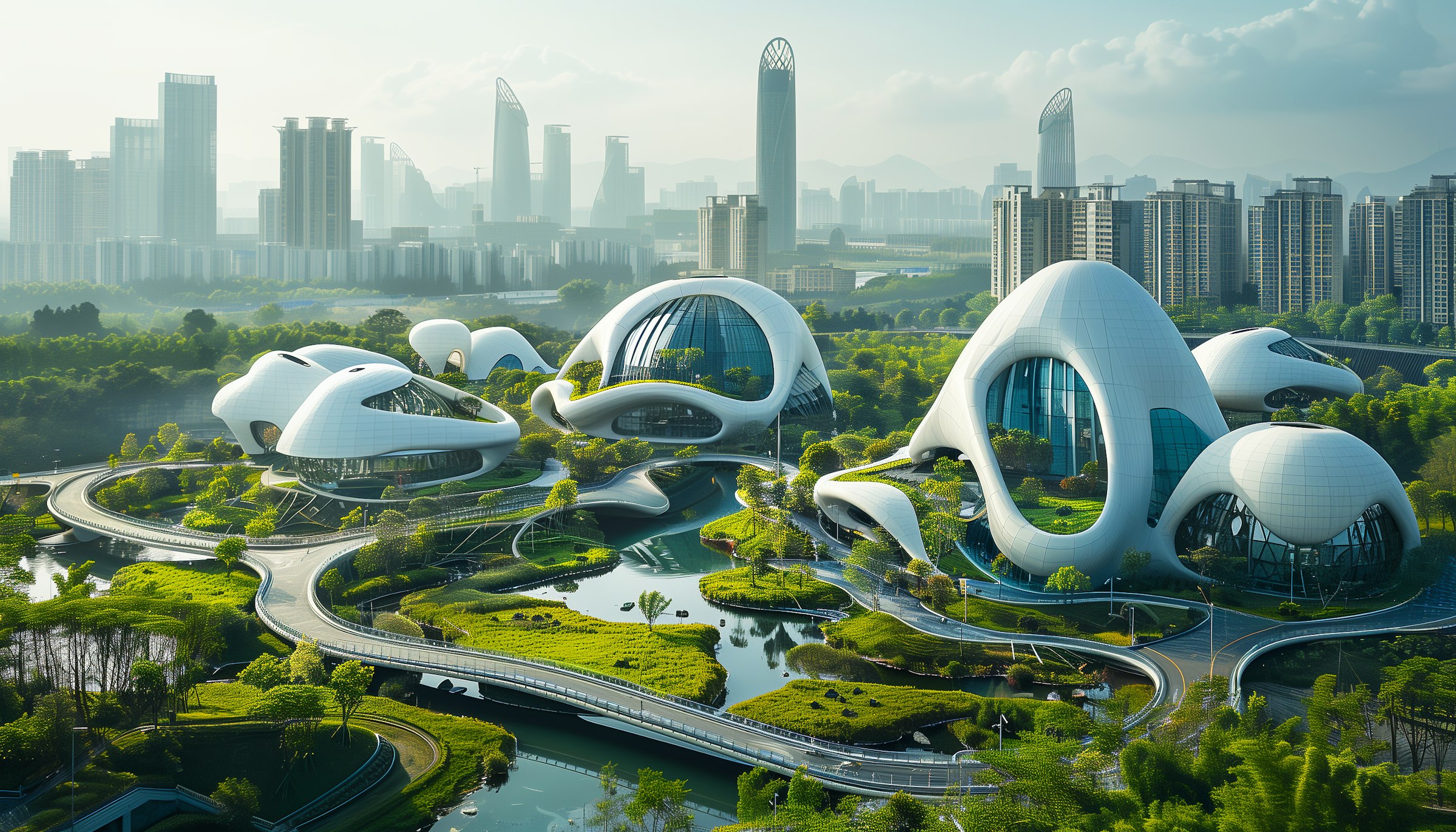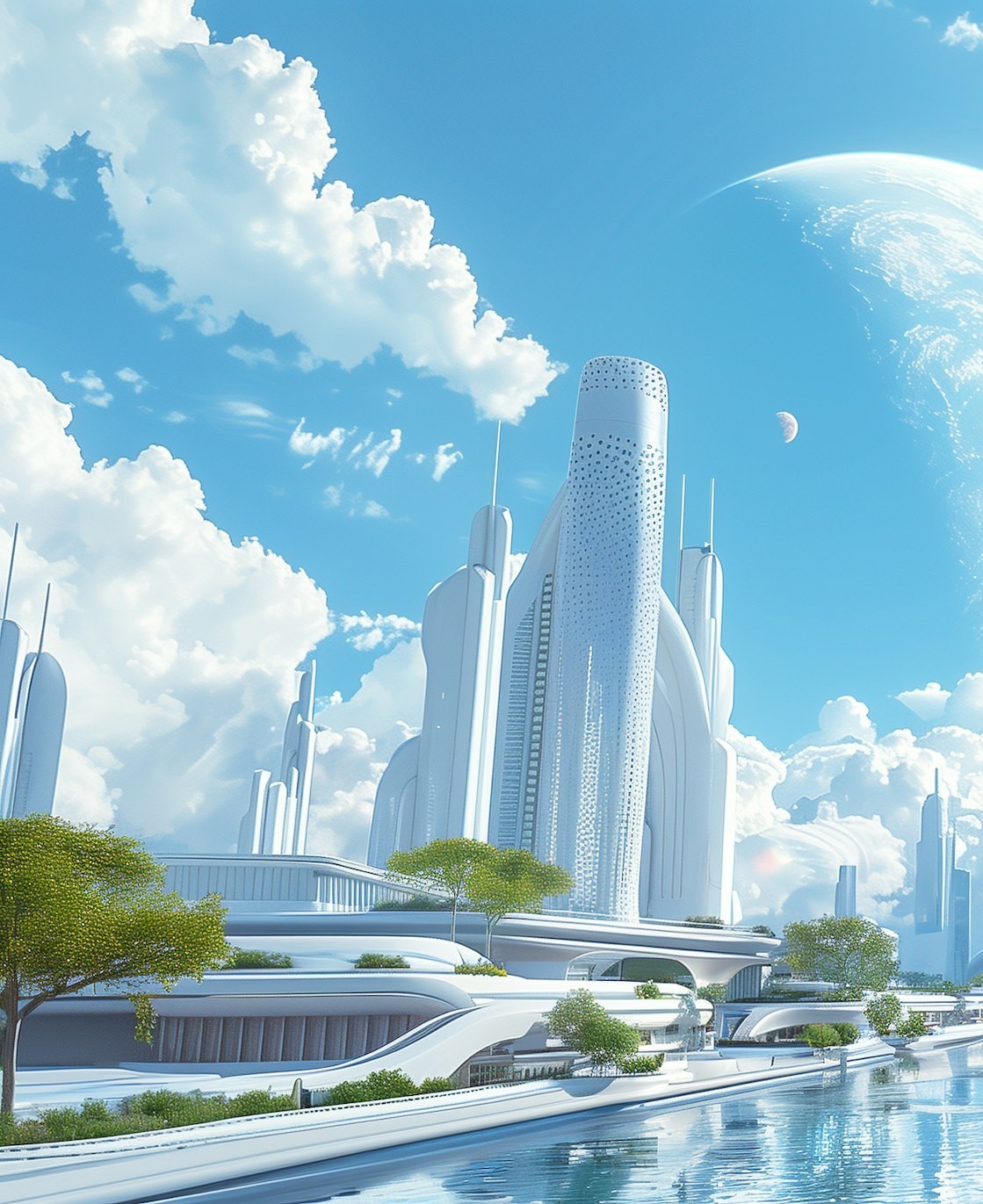January 25, 2024
The Evolution of Smart Cities: Innovation Meets Sustainability

As cities continue to grow and expand, the concept of the “smart city” is gaining increasing attention worldwide. These cities are designed not just to accommodate more people but to optimize the living experience by integrating advanced technology, sustainable practices, and data-driven planning.
From energy-efficient buildings to intelligent transport systems, smart cities are transforming urban life in unprecedented ways.
At the core of smart city design is the aim to reduce environmental impact while enhancing quality of life for residents. Technologies such as solar panels, wind turbines, and energy-efficient infrastructure are being combined with IoT (Internet of Things) devices that allow for real-time data monitoring and management. This integration enables cities to conserve resources, reduce waste, and offer safer, healthier environments for inhabitants.
But the shift toward smart cities goes beyond just technology. It also includes a fundamental rethinking of how urban spaces are designed. Public spaces, residential areas, and workplaces are being developed to encourage social interaction, sustainability, and greater community engagement. The future of smart cities promises more walkable, greener spaces, where residents can enjoy the benefits of both nature and technology working in harmony.
As cities become smarter, the role of architects and urban planners will be pivotal in ensuring that these developments are not only functional but also sustainable, beautiful, and inclusive for all. The smart city revolution is just beginning, and its potential to reshape the urban landscape is immense.


